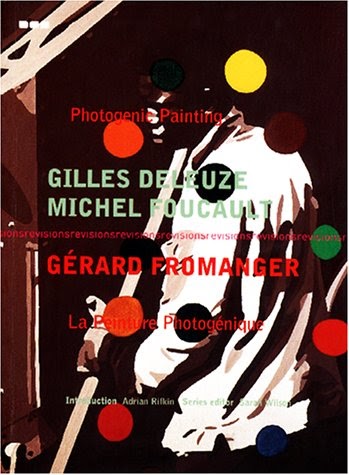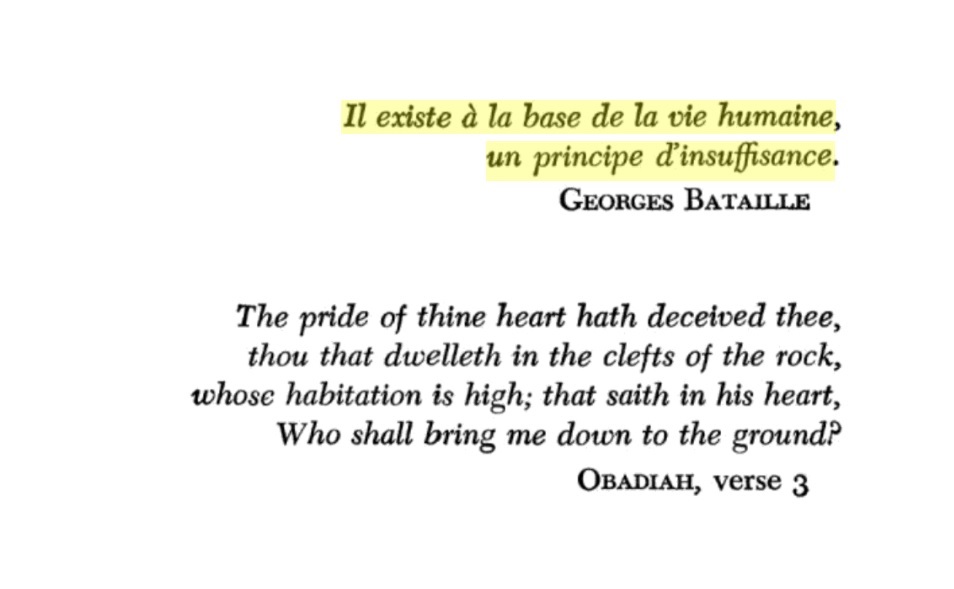Clare Peploe was a British-Italian film director and screenwriter (Zabriskie Point, 1970).
Luck has it that there is a complete version of Zabriskie Point on YouTube.

Clare Peploe was a British-Italian film director and screenwriter (Zabriskie Point, 1970).
Luck has it that there is a complete version of Zabriskie Point on YouTube.
Ellen McIlwaine was an American singer-songwriter and musician best known for her career as a solo singer, songwriter and slide guitarist.
I discovered her via Life:Styles – Kenny Dope (2003) which features her “Jimmy Jean” song, originally released on the album We The People (1973). The congas you hear are, as far as I know, by Cándido Camero.
Her song “Can’t Find My Way Home” is reminiscent of “You Goin’ Miss Your Candyman” (1968) is a song by Terry Callier.
Antonio Salines was an Italian actor known for his parts in Monella, The Gamecock, and Senso ’45.
He is also the devil in Liebeskonzil (1982) which is available now in a German-only bad quality YouTube version.
Liebeskonzil (1982) is a film by Werner Schroeter, based on the scandal play The Love Council (1894) by Oskar Panizza.
The play [and the film] are set in 1495, during the first historically documented outbreak of syphilis.
It portrays the dreaded venereal disease as God’s vengeance on his sexually hyperactive human creatures, especially those surrounding Pope Alexander VI.
Panizza was charged with 93 counts of blasphemy and served his full 12-month sentence in prison.

Gérard Fromanger was a French artist.
With Jean-Luc Godard he made the short subject “Film-tract 1968”.
Photogenic Painting (2000) is an English translation of two texts: “Le peintre et le modéle” (1973) by Gilles Deleuze and “Le désir est partout. La peinture photogénique” (1975) by Foucault.
Raul de Souza was a Brazilian trombonist of quite some renown.
De Souza released at least two disco-ish songs: “Sweet Lucy” (1977), which is on the Derrick Carter Choice installment, and “‘Til Tomorrow Comes” (1979).
I give you Colors (1975).

Gottfried Böhm was a German architect and sculptor. His reputation is based on creating highly sculptural buildings made of concrete, steel, and glass.
He is best-known for the brutalist church Maria, Königin des Friedens.
Other brutalist churches include Wotruba Church.
Ned Beatty was an American actor known for his parts in Deliverance (1972) and Network (1976).
Deliverance is known for its “dueling banjos” scene, its degenerate hillbilly trope and its brutal male-on-male rape, in which Ned Beatty is ordered to “squeal like a pig” while being anally raped.
In Network Beatty plays an executive who gives a speech on the nature of capitalism.

This is also a good time to call to mind that in the novel Deliverance on which the film of the same name is based, the dictum “there exists at the basis of human life a principle of insufficiency” by Georges Bataille, is used as epigraph in the original French.
This happened in 2015, but I only found out today.
Pierre Jansen was a French composer working in film. He was in particular the permanent collaborator of Claude Chabrol for whom he composed the music for many films.
He also scored the above documentary Acera, or the Witches’ Dance (1972) by Jean Painlevé.
This happened in 2014 but I only found out today.
Miklós Jancsó directed many well respected films but you can find a copy of the less respected but more interesting Private Vices, Public Pleasures (1976) by googling for it. You will find it on a well-known porn website. The film is, along with similar outings such as The Beast (1975), typical from European sexual revolution cinema.
Dani Karavan (1930 – 2021) was an Israeli sculptor best known for Passages; Homage to Walter Benjamin (1994).